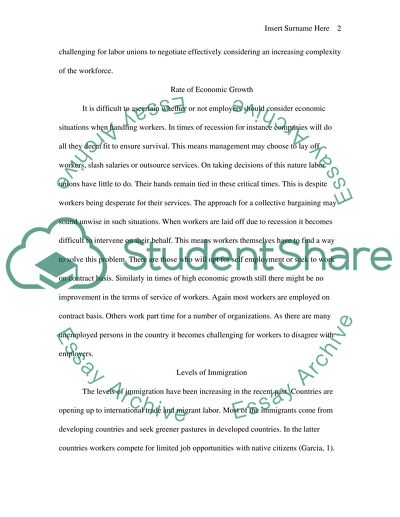Cite this document
(“Impact of Economic Background Conditions on Growth of Labor Unions Essay”, n.d.)
Impact of Economic Background Conditions on Growth of Labor Unions Essay. Retrieved from https://studentshare.org/macro-microeconomics/1559862-impact-of-economic-background-conditions-on-growth-of-labor-unions
Impact of Economic Background Conditions on Growth of Labor Unions Essay. Retrieved from https://studentshare.org/macro-microeconomics/1559862-impact-of-economic-background-conditions-on-growth-of-labor-unions
(Impact of Economic Background Conditions on Growth of Labor Unions Essay)
Impact of Economic Background Conditions on Growth of Labor Unions Essay. https://studentshare.org/macro-microeconomics/1559862-impact-of-economic-background-conditions-on-growth-of-labor-unions.
Impact of Economic Background Conditions on Growth of Labor Unions Essay. https://studentshare.org/macro-microeconomics/1559862-impact-of-economic-background-conditions-on-growth-of-labor-unions.
“Impact of Economic Background Conditions on Growth of Labor Unions Essay”, n.d. https://studentshare.org/macro-microeconomics/1559862-impact-of-economic-background-conditions-on-growth-of-labor-unions.


